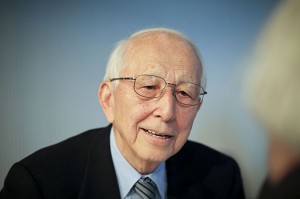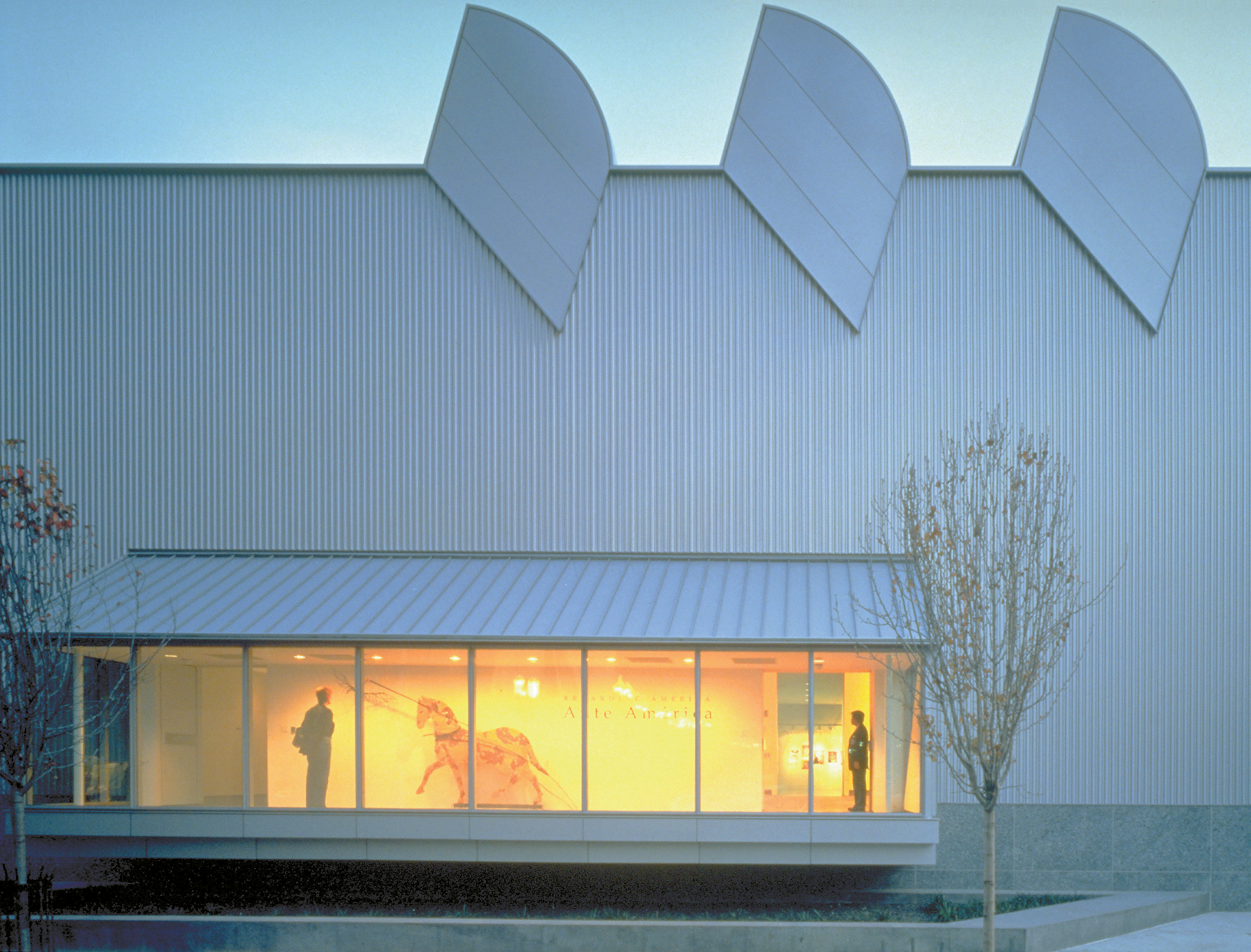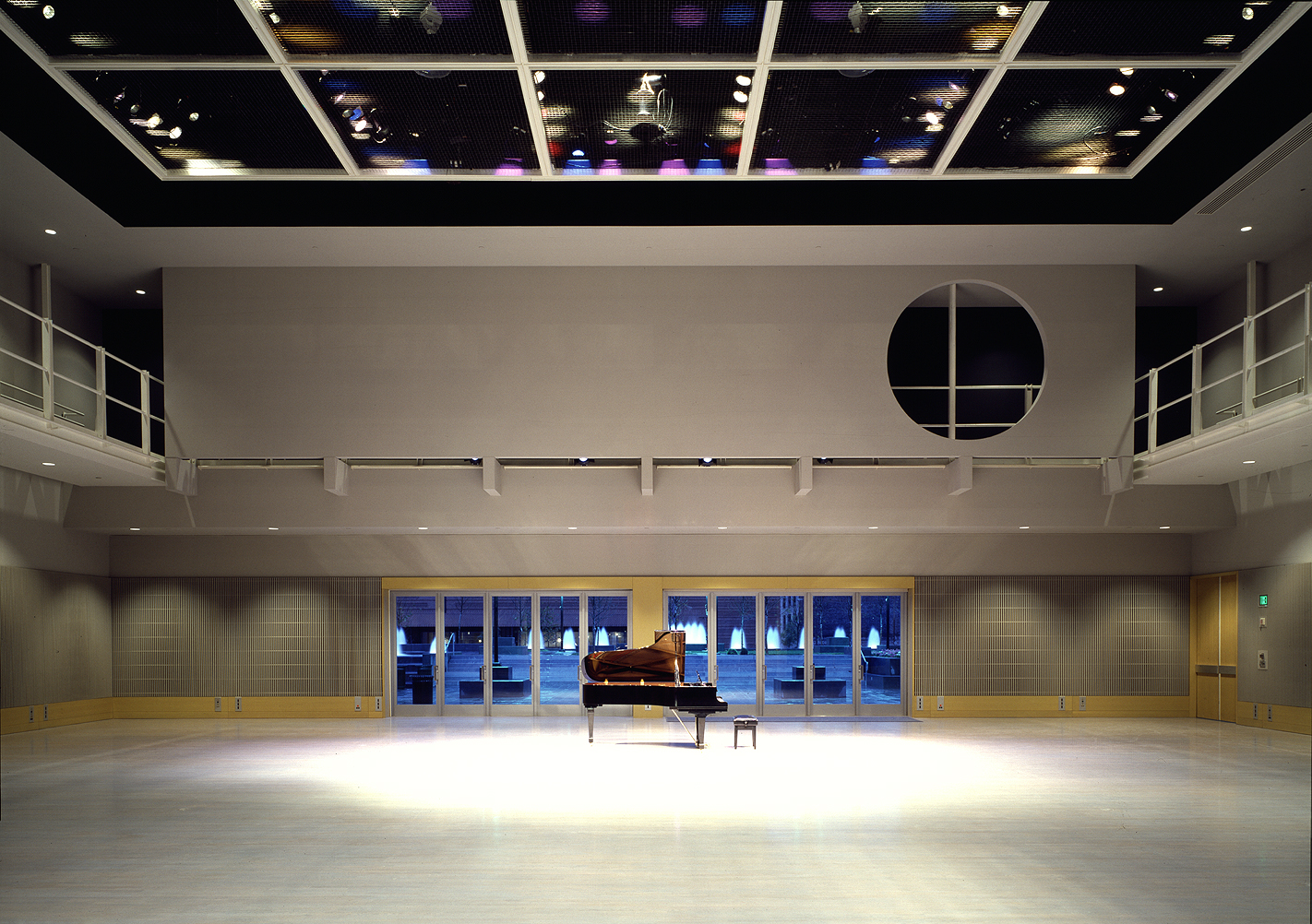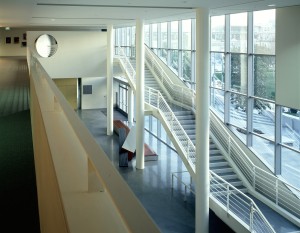Stories
Early in my career, I had the honor of meeting and working on a project for Fumihiko Maki, one of the 20th century masters of modern architecture. He would go on to become a Pritzker Prize winner and AIA Gold Medal recipient. But that would come later, after his first American commission – the Yerba Buena Center for the Arts.
Yerba Buena Gardens in San Francisco was to be the crowning glory of South of Market, a key piece of the new San Francisco South of Market redevelopment. Yerba Buena Center for the Arts was part of that vision as the project’s anchor cultural complex. YBCA would consist of two primary parts – 1) galleries, a flexible “forum” space and screening room to be designed by Fumihiko Maki with RMW as architect of record; and 2) a performing arts theater called the Lam Research Theater designed by James Stewart Polshek.
As the architect of record, RMW acted as the medium for Maki’s vision. Our two firms hit it off – we shared the same principles, ideas and beliefs about architecture. At that time, I belonged to RMW co-founder David Robinson’s studio. The principal on the project was Harish Shah, my mentor and good friend. Alan Kawasaki, a fantastic architect, led the design effort. David, Harish, and Alan had brought this project into the firm, and they would guide it through to the end.
At the start, Harish sat the team down and told us that this was going to be one of the most challenging projects that would ever come through this office, but it was going to be rewarding. For it to be a success, we were going to have to commit to the project and do what was necessary as a team, inspired by the project and nourished by all the free meals!

And we did work countless hours. Back then, it was all done by hand – models, renderings, working drawings, everything. The early work involved these beautiful studies. I was living the dream. No one complained about the long hours. We all knew it was a rare honor to work on the project, to be part of a design team led by a world renowned visionary architect.
Maki’s visits were rare and intense. Every minute of his time in San Francisco was orchestrated by Harish and Alan and focused on design. Alan and Maki collaborated on every aspect of the project. Maki’s genius lies in his ability to conceptualize a project from the big picture down to the most minute detail, giving equal value to all. His approach requires discipline and precision. It holds you accountable for every design decision you make.
I met Maki when he came to town to review interior drawings. As the interior job captain on the project, I was responsible for developing and refining a series of highly detailed spaces. This was the only time Maki was going to see these drawings, so I needed to present and get his blessing on every detail at this one meeting.
I had a box full of hand-drawn 8.5-by-11 details for the project, drawing after drawing after drawing. I pinned up every detail, literally covering all the conference room walls, then laid the floor plans on the table. I assumed our meeting would include all the team members, but Harish said that Maki and I would be meeting alone. “You have this unique opportunity – make the most of it,” he said. Harish knew this would terrify me. He also knew it was a once-in-a-lifetime experience.
There was no reason to be intimidated. Maki walked into the room, and I was struck by his gentle, soft-spoken demeanor. He glanced around the room and simply said, “This looks good. Where would you like to start?” I decided we should start from the entry, where the user experience begins, and off we went room by room, detail by detail. Occasionally he would ask about a particular drawing then listen carefully while I explained my logic. We were engaged in a genuine, two-way dialog about the details that would make his concepts a built reality.
A highlight of our meeting concerned a detail that had been one of the more complex design features to resolve. A guardrail assembly along the mezzanine intersected a disk-like shape that sat at an angle to the adjacent wall plane. This disk was an anomaly, existing as a pure, sculptural object in the midst of an otherwise neutral space. When I showed Maki what I had conceived as the best solution to the detail, it turned out to be one of his favorites. To hear Maki say good things about something I had spent so much time and thought on making his design work, well, let’s just say it felt good.
By the end of our conversation, there were few major changes – just a little tweak here and there. This was about the use of very simple materials, in a deliberate, clean and understated manner.
My meeting with Maki defied all my notions about being a young designer. As we reviewed the drawings, all the titles, roles and expectations went out the window, and we just talked about design. Together, Maki and I marked up my drawings. His approach was open-minded, conversational and humble, the opposite of an egotist. That isn’t to say that he wasn’t firm. Like any strong architect, he had a few points in the design that were essential to his vision, but those points were covered as part of a larger, open conversation.
It was a great life lesson – I had my expectations, and they were wrong. The fact that Maki was a visionary didn’t prevent him from being open to others’ ideas, opinions, and ways of doing things. The most creative people know how to listen, ask the right questions and not presume, to get to the right solution. This is probably the most memorable thing I took away from this experience.
I saw Maki only one other time after our meeting. At the end of the project, he presented each of our team members with a conceptual etching of the building elevation, and hand-signed each one. Once again I was blown away by his humility, illustrated by his kindness and personal expression of gratitude.
Years later, I took a trip to Japan. I came across a remarkable gymnasium complex – a steel and metal panel structure with a beautiful curved roof shaped like an invertebrate. A plaque on the wall had Maki’s name on it. It was his Tokyo Metropolitan Gymnasium. It made me smile and think back on my wonderful experience on the Yerba Buena Center for the Arts, along with all those delicious meals shared with a one-of-a-kind team.


